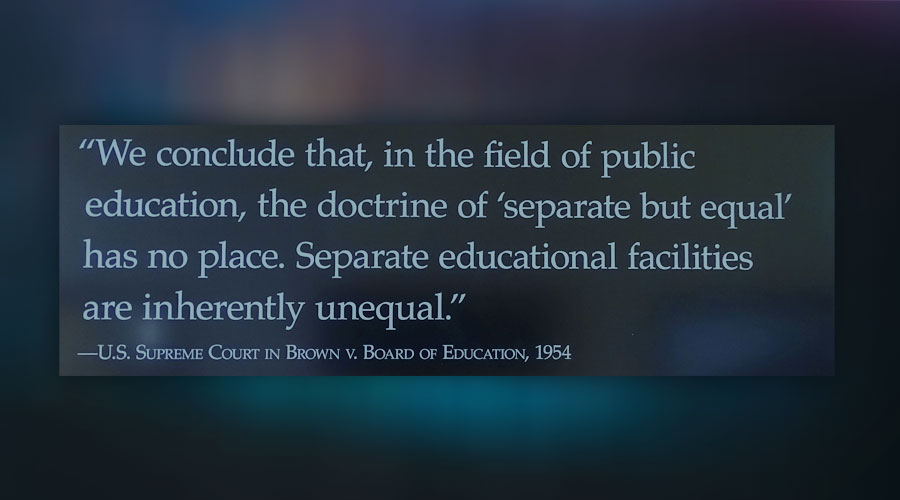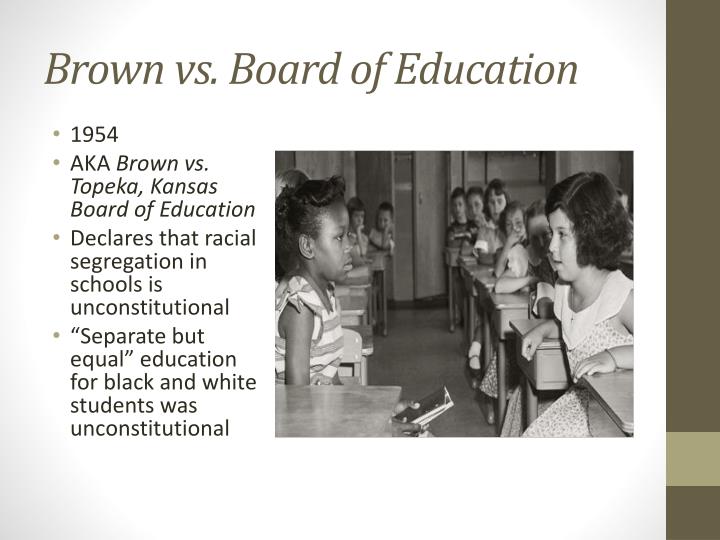



Board of Education?Īfter the five cases were heard together by the Court in December 1952, the outcome remained uncertain. This research included psychologist Kenneth Clark’s now-famous doll experiments, which demonstrated the impact of segregation on black children – Clark found black children were led to believe that black dolls were inferior to white dolls and, by extension, that they were inferior to their white peers.

In addition, LDF relied upon research by historians, such as John Hope Franklin, and an array of social science arguments. These LDF lawyers were assisted by a brain trust of legal scholars, including future federal district court judges Louis Pollack and Jack Weinstein, along with William Coleman, the first black person to serve as a Supreme Court law clerk. To litigate these cases, Marshall recruited the nation’s best attorneys, including Robert Carter, Jack Greenberg, Constance Baker Motley, Spottswood Robinson, Oliver Hill, Louis Redding, Charles, and John Scott, Harold R. Board of Education Start?īrown itself was not a single case, but rather a coordinated group of five lawsuits against school districts in Kansas, South Carolina, Delaware, Virginia, and the District of Columbia starting in December 1952. This campaign was conceived in the 1930s by Charles Hamilton Houston, then Dean of Howard Law School, and brilliantly executed in a series of cases over the next two decades by his star pupil, Thurgood Marshall, who became LDF’s first Director-Counsel. On that day, the Supreme Court declared the doctrine of “separate but equal” unconstitutional and handed LDF the most celebrated victory in its storied history.Īlthough the Supreme Court’s decision in Brown was ultimately unanimous, it occurred only after a hard-fought, multi-year campaign to persuade all nine justices to overturn the “separate but equal” doctrine that their predecessors had endorsed in the Court’s infamous 1896 Plessy v. May 17, 1954, marks a defining moment in the history of the United States.


 0 kommentar(er)
0 kommentar(er)
